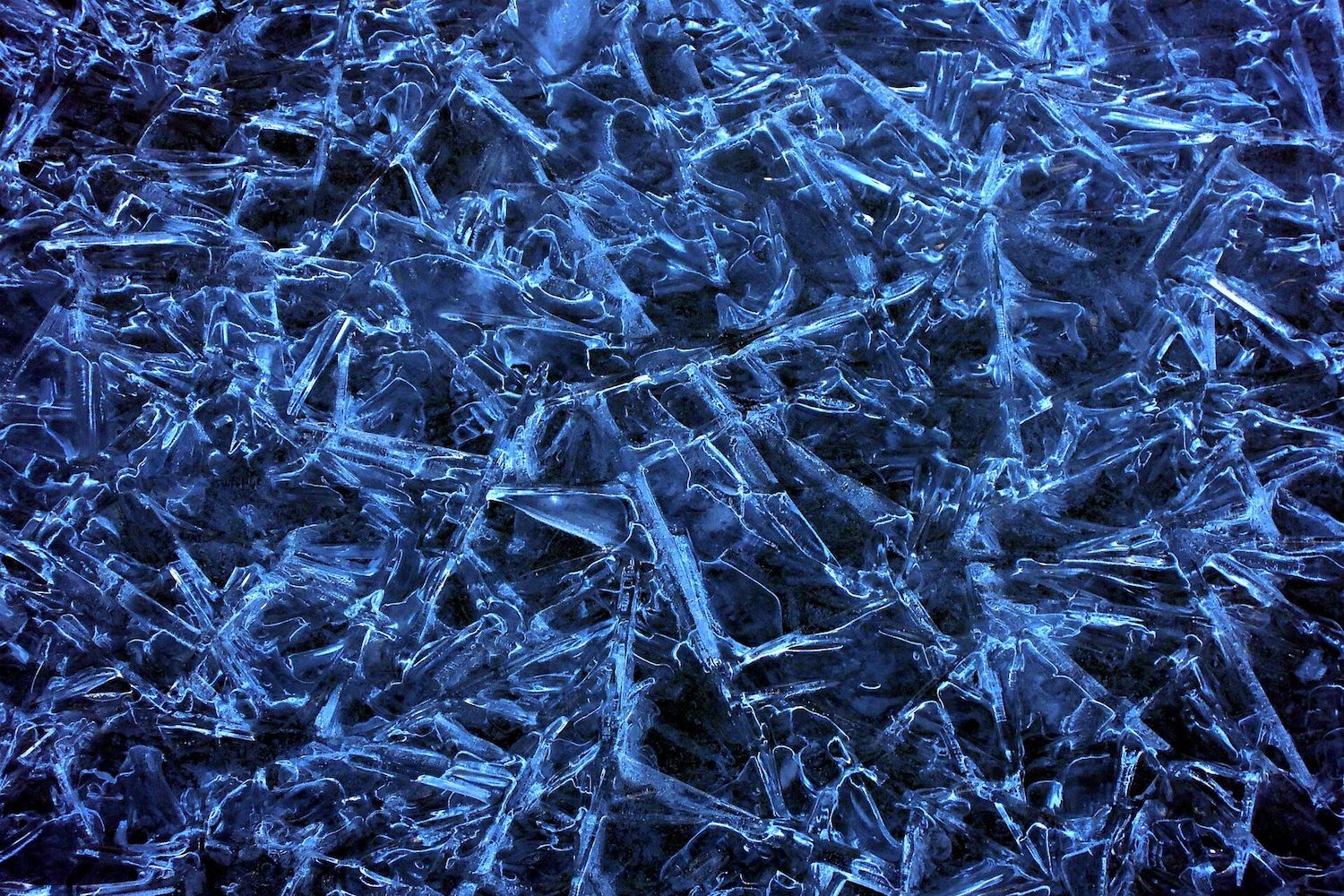Since the release of Al Gore’s An Inconvenient Truth in 2006, the world has come a long way in recognizing the seriousness of climate change. If released again, an additional segment would need to be added to include the effects on global health, particularly in regard to medicine and future outbreaks of disease. These challenges have been less discussed and often overshadowed by talks of hurricanes and other natural disasters. However, the changing climate may have a dramatic effect on the emergence of new diseases and the ability of scientists to respond.
In the arctic, thaws in permafrost are already revealing viruses that have remained dormant for thousands of years. As we are facing these new viruses, tropical forests and coral reefs which have been home to some of the most promising medicines and treatments are in danger. Complicating the situation, the rise in global temperatures makes it easier for cases of already existing diseases to spread. While steps to address climate change are gaining traction, it seems likely that we will inevitably face some new disease outbreaks.
As the climate has warmed, arctic areas have been among the most affected. The National Oceanic and Atmospheric Administration (NOAA) in the US estimates that the Arctic is warming twice as quickly as the rest of the world. Primarily, most attention has been directed at the effect that melting ice will have on the world’s sea levels. However, the melting ice is also important in what may be revealed under the surface. In Russia, thick layers of permafrost have gradually thawed, causing massive sinkholes and the discovery of extinct mammals. On the surface, the thawing itself affects a relatively small percent of the population as permafrost is prevalent mainly in rural or remote areas. However, ancient viruses hidden in the ice have the potential to affect humans across the globe. Perhaps most frightening is that scientists have minimal knowledge of these viruses. Recently, scientists discovered a previously unknown virus, Pithovirus sibericum, which had remained frozen for over 30,000 years. Although visible only under a microscope, it is one of the largest viruses ever found. As they have been frozen for hundreds of thousands of years, there is no knowing whether a melted ice block could harbor the next deadly pandemic. The melting of permafrost in Russia has already been linked to an outbreak of anthrax in 2016. The carcass of a reindeer infected with anthrax was unearthed, causing spores to blow through the air, affecting reindeer and sickening residents in the area.
Efforts to respond to any potential outbreak of disease or an unrecognized pandemic is threatened by the continuing deforestation of tropical forests, home to a wealth of medicinal products. In addition to removing a vital source of the world’s oxygen and contributing to increased CO2 emissions, deforestation can have an especially dire effect on human health. It is estimated that up to 120 prescription drugs sold are based on components found in rainforest plants. Unfortunately, strong global demand for soybeans and palm oil has encouraged clearing of vital tropical areas that could be a boon to researchers. Recognizing the threat to potential new forms of treatment for diseases, teams of explorers are combing the Amazon in search of new medicines. While deforestation has a detrimental effect on future forms of treatment, it also raises the likelihood that humans will come in contact with wild animals infected with deadly diseases. Not only illnesses but diseases that are zoonotic, meaning that they can jump from animals to humans. The United States Agency for International Development has estimated that 75% of new diseases that will affect humans will originate from animals. Among the most recent of these include HIV/AIDs, SARS, H5N1, and H1N1. For example, climate change and deforestation have been blamed for the ferocity of the most recent outbreak of Ebola. This can be traced to changing weather patterns that have increased the production of fruit in some parts of West Africa, attracting large numbers of bats and apes. While the exact origin of the disease is unknown, researchers suspect that Ebola – like the Marburg virus – can be traced to bats. Typically, humans are sickened once they come in contact with these animals, usually while consuming “bushmeat”.
Coral reefs, known as the “rainforests of the sea” provide exciting possibilities for treating illnesses from cancer to viruses. AZT, the first AIDS drug, was based on a chemical compound found in a Caribbean Sea sponge. In fact, coral reefs are home to a wide array of anti-tumor molecules. Unfortunately, climate change has resulted in the warming of ocean temperatures leading to a phenomenon known as coral bleaching. The overly warm water prohibits the reefs from being able to form algae critical to photosynthesis, causing the coral to turn white. Fortunately, once a reef becomes bleached it is not dead. However, under prolonged high temperatures, the reef may eventually die off resulting in serious repercussions for the surrounding ecosystem. Fish particularly rely on coral as areas of protection and camouflage. In addition to bleaching, warmer water temperatures have made episodes of disease in coral species more frequent. The combination of bleaching and disease have rapidly affected the world’s coral population. Out of the 29 coral reefs designated on the UN World Heritage list, only three have managed to remain undamaged.
In closing, the world appears increasingly serious about attempts to combat climate change. With the exception of the United States, every country, even war-torn Syria, has signed the most recent Paris Agreement, meaning that at the least symbolically the world is moving in the right direction. Signing an agreement and substantive action are of course two different things. Nonetheless, the agreement as well as continuing advancements in renewable energy show the potential for substantial reductions of emissions in the future. Even US reticence from the agreement may be temporary. In the recent Bonn climate conference in November 2017, a delegation of US governors, senators, and mayors attended to reinstate the fact that the United States is serious about addressing global warming. While the world seems geared to finally treat climate change seriously, tropical forests and particularly the Arctic are under substantial threat. It appears uncertain whether we have reached a point of no return where it is too late to stave off the loss of permafrost in arctic areas and avoid the release of long-dormant diseases. In addition, the world’s coral reefs have just undergone one of the most serious instances of bleaching in recent memory perhaps, decimating a potential cure for one of these unknown illnesses. Nevertheless, efforts can still be pursued to strengthen protection of the world’s tropical forests. Slowing deforestation should be treated as a top priority to not only safeguard potential medicines, but also slow the emergence of potentially new harmful diseases.
- Yemen Crisis: Has a Turning Point Been Reached? - February 8, 2018
- Monster Viruses and Dangerous Diseases: How Climate Change Threatens to Upend Global Health - February 8, 2018
- Uncertain Trajectory: Kazakhstan’s Perilous Path on the World Stage - November 1, 2017






